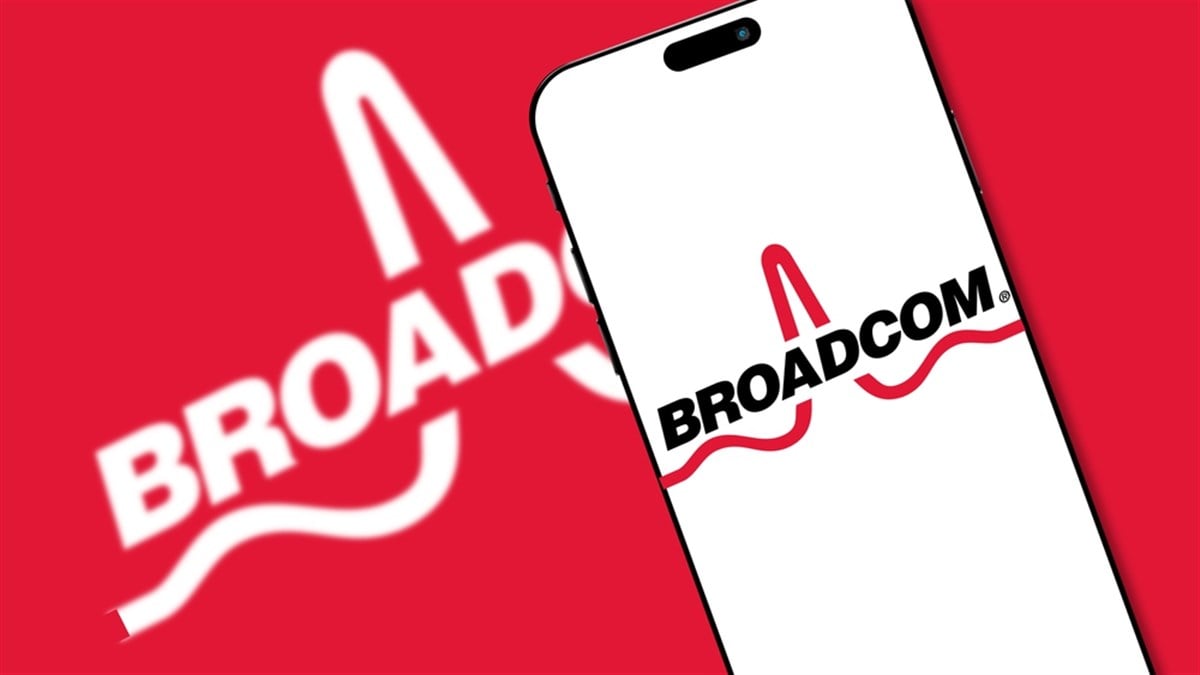Broadcom’s VMware Strategy Could Fuel the Next AVGO Rally

Chip behemoth Broadcom (NASDAQ: AVGO) has had a lot going for it over the past few years. As of the Apr. 2 close, the stock had provided a massive total return of nearly 193% since the beginning of 2023.
The demand for AI-centric computing power has been the main driver of the stock’s impressive rise. However, an unsung hero of Broadcom comes from the software space rather than hardware.
Broadcom’s VMware acquisition has been huge for its software business. Broadcom completed its purchase of VMware back in Nov. 2023. Since Q1 2024, Broadcom has done a fantastic job with VMware, growing its software business by 47%.
So, what exactly is VMware, and why has Broadcom been able to grow its software business so rapidly? Additionally, how can VMware continue to be a big driver of growth and profits for Broadcom going forward?
Understanding VMware’s Virtualization Value
VMware built its traditional business around vSphere, its virtualization platform. Virtualization lets one physical computer run several isolated tasks at the same time by creating virtual machines (VMs). Each VM acts like a separate computer, even though it uses the same hardware. This can provide massive benefits to companies.
First off, it allows firms to maximize the utilization of their computing capacity. For example, the company can run 10 different workloads on the same hardware, each using 10% of that hardware’s power.
In this example, without virtualization, each computer might only run one of these workloads at a given time, meaning 90% of its computing capacity would go unutilized.
VMs also keep different workloads isolated from each other. That means that if one VM crashes, the others are not affected. This helps keep businesses running smoothly overall, even if one part of their computing infrastructure faces an issue. VMware created a business based on this technology that Broadcom bought for $69 billion.
How Broadcom Is Optimizing VMWare
Broadcom has made two big moves to increase VMware's revenues. First, Broadcom has focused on getting vSphere customers to upgrade to VMware’s more comprehensive virtualization solutions, which include VMware Cloud Foundation (VCF) and VMware Private AI Foundation. These are essentially continuations of vSphere’s capabilities.
vSphere primarily focuses on virtualizing central processing units (CPUs) and memory resources. VCF extends this robust virtualization to storage and networking components, enabling enterprises to virtualize all the resources in a traditional data center. Private Cloud AI Foundation, developed with NVIDIA (NASDAQ: NVDA), extends virtualization to graphics processing units (GPUs). It allows for robust virtualization in AI data centers.
Additionally, Broadcom is changing how it charges customers for these virtualization services. VMware traditionally sold them under a perpetual license. This means that a company pays a one-time fee to use the software indefinitely.
Broadcom is now switching these customers to a subscription license, which charges customers on a recurring basis. This approach increases revenue generated from each customer over time and allows for better revenue predictability.
Broadcom has been highly successful in both these efforts. Over 60% of the firm’s customers are now under subscription licenses, and 70% of the company’s 10,000 largest customers are now using VCF, up from 30% in Q2 2024.
Broadcom’s VMware Opportunity Is Far from Over
VMware can continue to drive growth and earnings for Broadcom in several ways. First, the company can continue to make progress in converting its remaining 40% of customers to a subscription model. It can also continue working to get the remaining 30% of its largest 10,000 customers to upgrade to VCF.
The company also still has only 39 customers using Private AI Foundation. There is likely a significant opportunity to expand this relatively small customer base.
Additionally, the company can continue to increase margins as the software business grows. The company’s semiconductor business had an operating margin of 57% last quarter, compared to a 76% operating margin in software. Next quarter, the company expects its software segment to grow by 23%, versus 17% for semiconductors.
Faster growth from software would be additive to overall margins, which could help increase company margins over time if this trend continues. The company also believes it can keep boosting margins within the software segment. It stated in Q1 2024 that it has operating leverage in its software segment for the next three years, meaning software margins could continue rising through 2026, helping further bolster overall margins.
Learn more about AVGO


